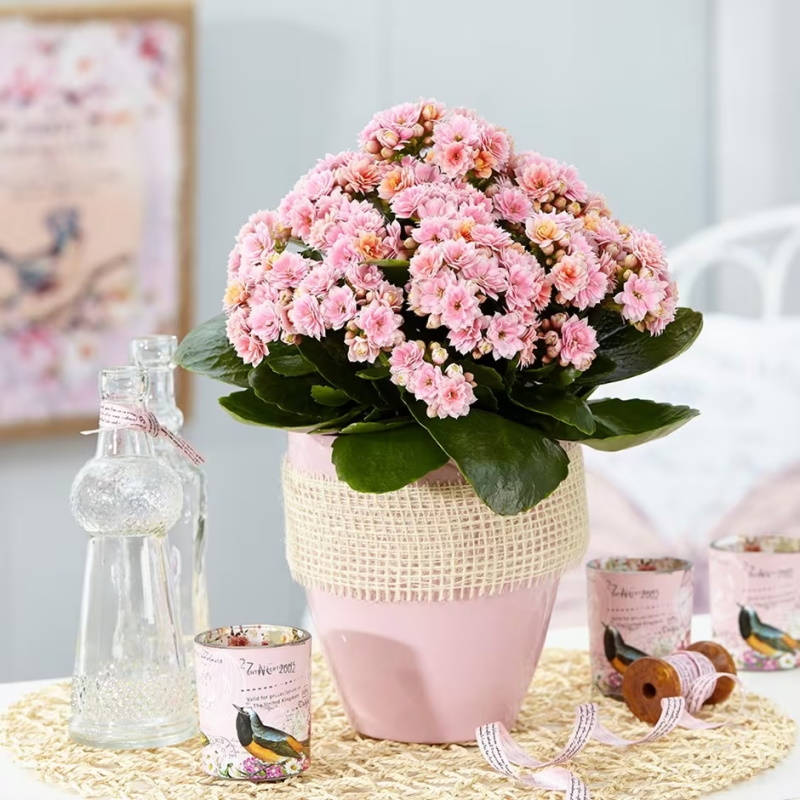When will my kalanchoe flower? We ask the experts
These low-maintenance indoor succulents produce vibrant blooms of different colors
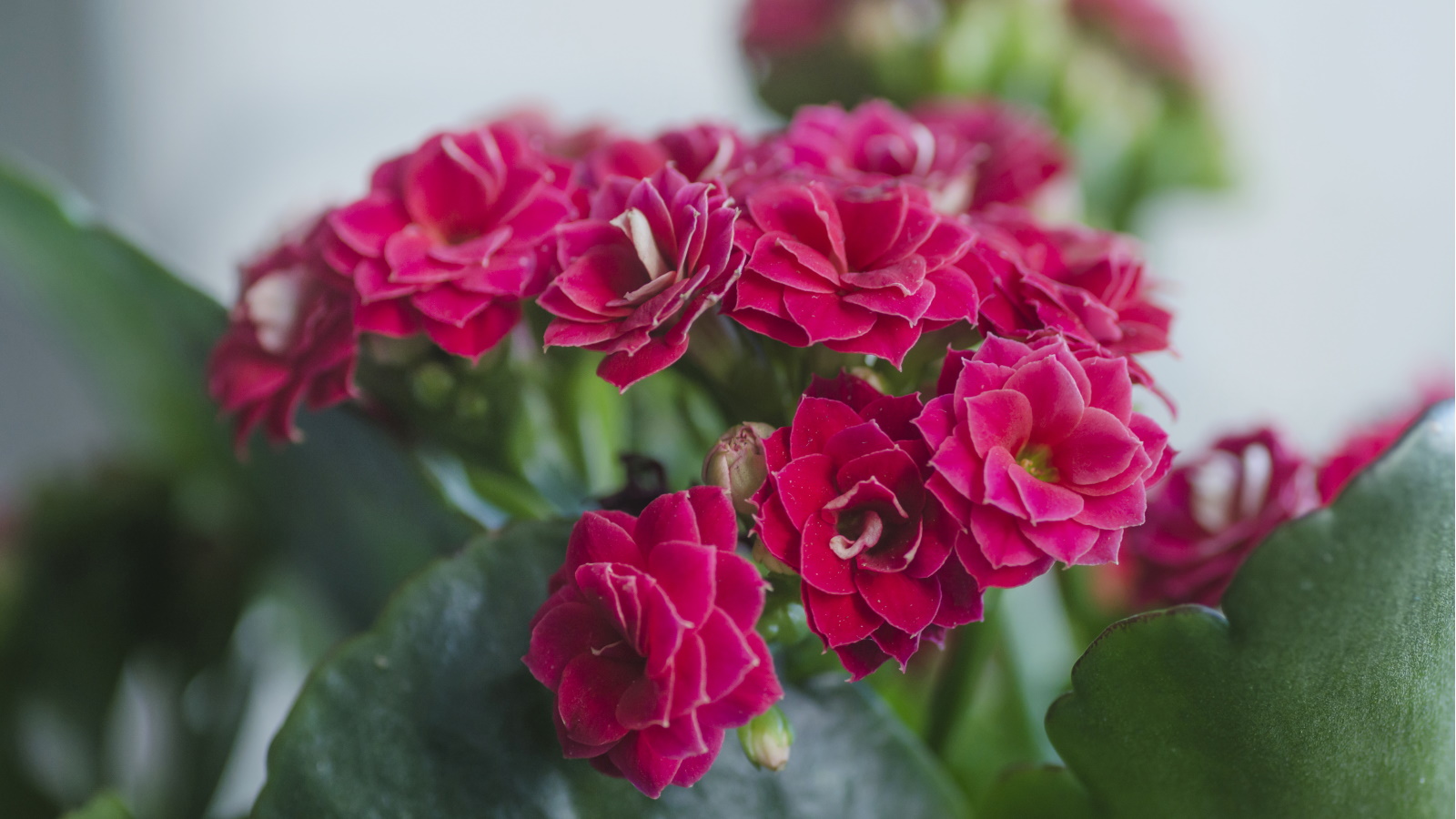

Learn from the experts on when your kalanchoe will flower – so you know when to really make the most of their bright clusters of charming blooms.
As well as understanding how to care for a kalanchoe, it pays to know when these pretty plants will bloom, as the bright flowers they produce are what makes them one of the best indoor flowering plants to have in the home.
These interesting indoor plants don't flower at any time of the year, so we've spoken to experts to find out more about the flowering season of kalanchoe plants.
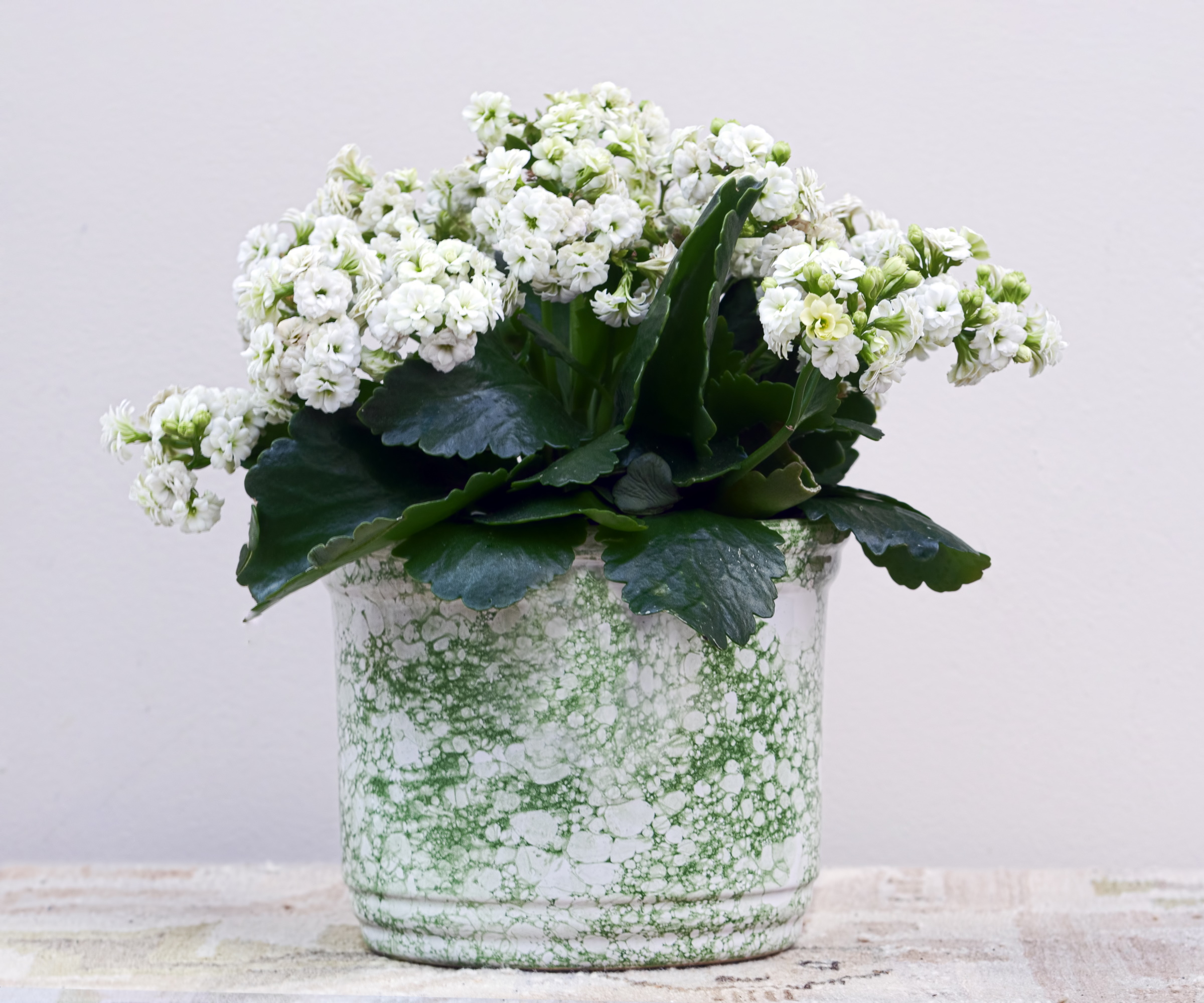
There are many varieties of kalanchoes that bloom, from mother of millions (or Devil's backbone) with daintier flowers that hang off the pointy foliage to Kalanchoe pumila with rounder foliage and larger blooms. Native to tropical climates, including Madagascar, kalanchoe succulents can bloom in lots of different colors, from white to pink, orange and even blue.
'The flowers of kalanchoe can vary depending on the species, but they are often brightly colored and have a tubular or bell-shaped structure,' says Autumn Hilliard-Knapp, houseplant expert from Perfect Plants.

Autumn is a horticulture specialist and marketing professional at Perfect Plants Nursery. With four years of experience in the horticulture industry, she has developed a passion for helping people create beautiful indoor and outdoor spaces to enjoy. Her expertise in horticulture encompasses a broad range of activities, including plant care and selection, landscape design, and maintenance.
When does kalanchoe bloom?
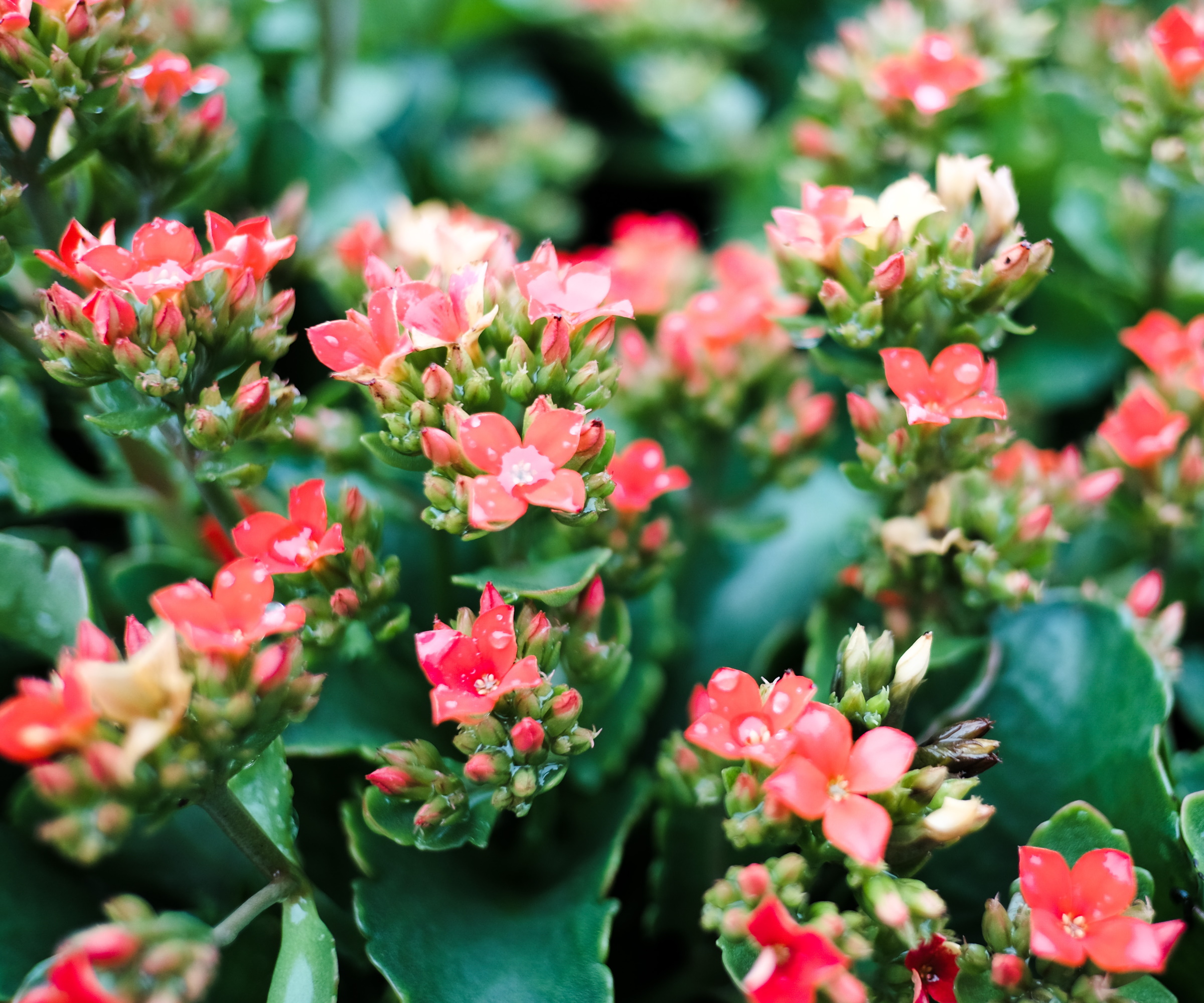
Typically, you will spot your kalanchoe producing flower buds towards the end of winter and in early spring.
'The reduced light levels around fall and winter is what can help to induce blooming,' says Paris Lalicata, head of plant education and community at The Sill.
Kalanchoes enjoy bright light with periods of darkness, and exposure to direct sunlight once it starts to warm up can help to encourage flowering.
'Kalanchoes bloom during their natural growing season of spring, but you can stimulate flowering at other times as well,' says Alex Worley founder of Gardenine.
'Whenever I want to encourage abundant flowering, I simply ensure my kalanchoes receive plenty of sunlight,' he adds. 'If you're growing yours indoors, I recommend a south or west-facing window where the plant will receive six to eight hours of direct sunlight.'
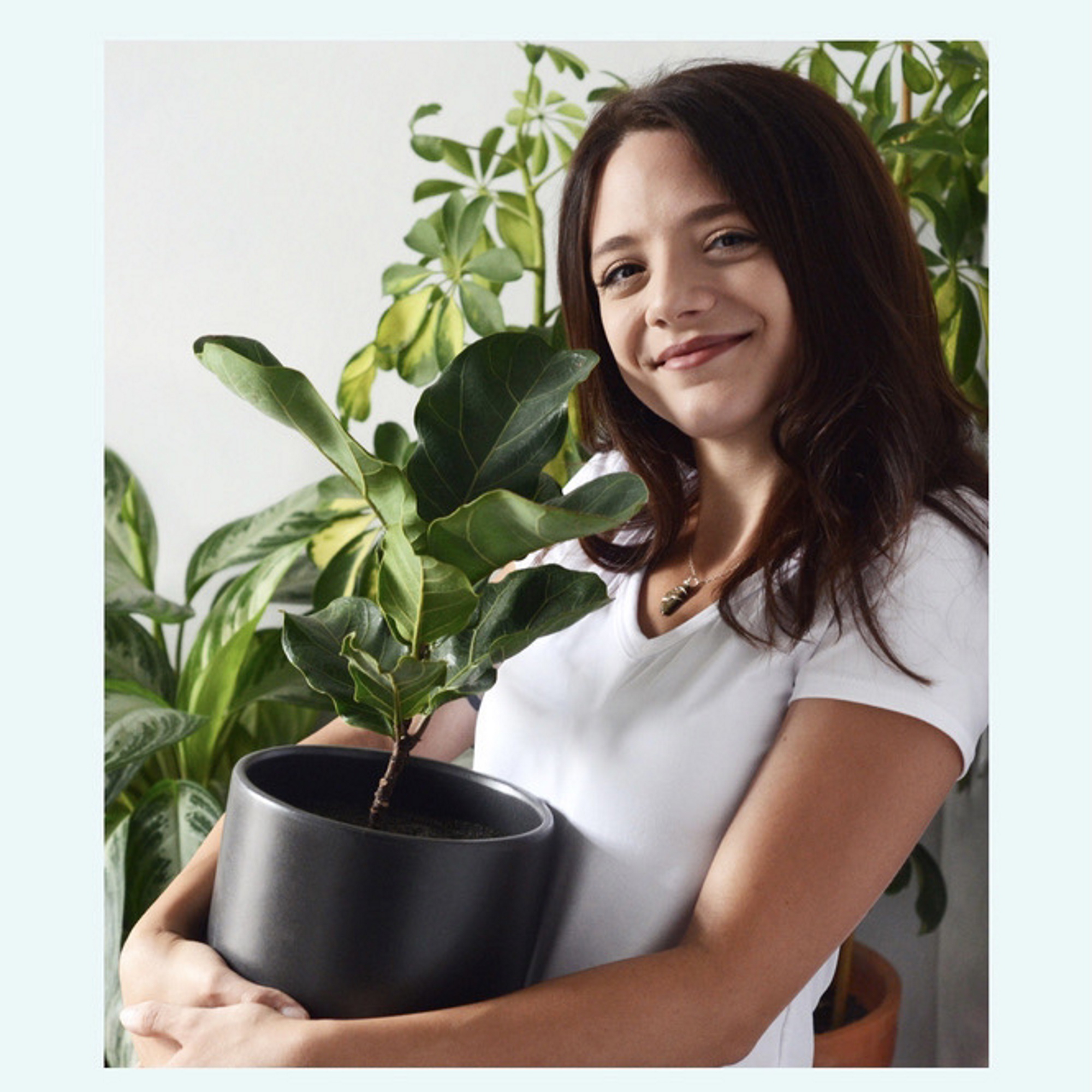
Paris has been at The Sill for five years, looking after Plant Education and Community. She is a self-taught plant expert with over ten years of experience growing houseplants and is currently working on becoming a certified sustainable gardener. She maintains an indoor garden of over 200 plants in the north-east of the USA and is passionate about making plant care more digestible for budding plant parents.
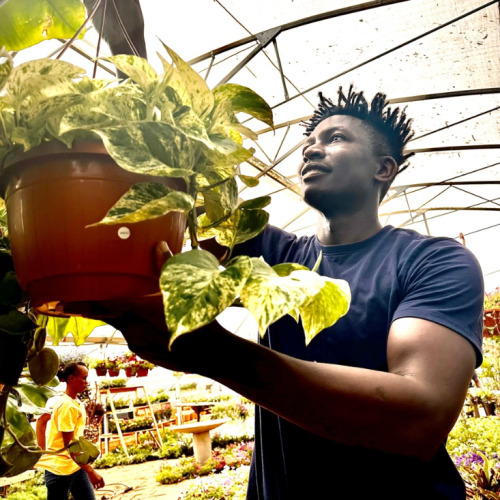
Alex is a certified master gardener and plant care and landscaping expert. He has a Bachelor's degree in Sustainable Agriculture from Andrew College, Georgia. In 2019, Alex completed the Georgia Master Gardener Extension Volunteer Program. Before that, he worked as a plant nursery attendant in Appling County, GA.
How long does flowering last?
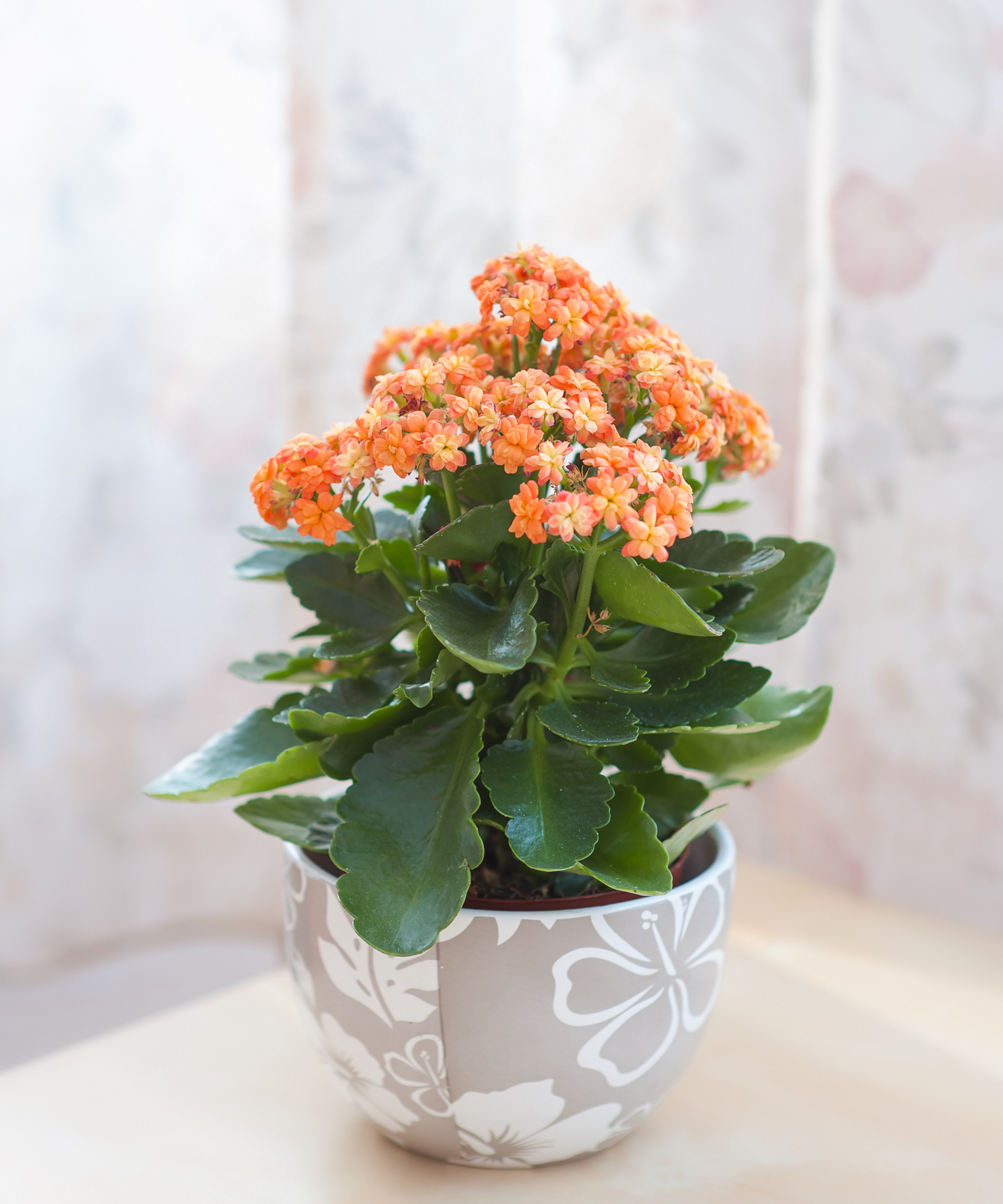
Flowering kalanchoes are perfect for adding pops of color to windowsills or coffee tables during spring before they stop blooming.
'Once flowering begins, each cluster will last up to six weeks if cared for properly. I recommend deadheading spent blooms to encourage new buds,' says Alex.
You can prolong flowering by providing your kalanchoe with optimal conditions, including exposure to sunlight during the day, moderate watering, not over-saturating the plant and by having a room temperature between 60-85°F.
'Fertilizing in the growing season can also help, especially if you try a bloom boosting kind,' suggests Paris. Indoor plant fertilizers are widely available in garden centers and online, like this houseplant fertilizer from Garden Goods Direct.
It's important to continue caring for kalanchoes during their rest period in order for it to rebloom in the next growing season.
Shop kalanchoe plants online
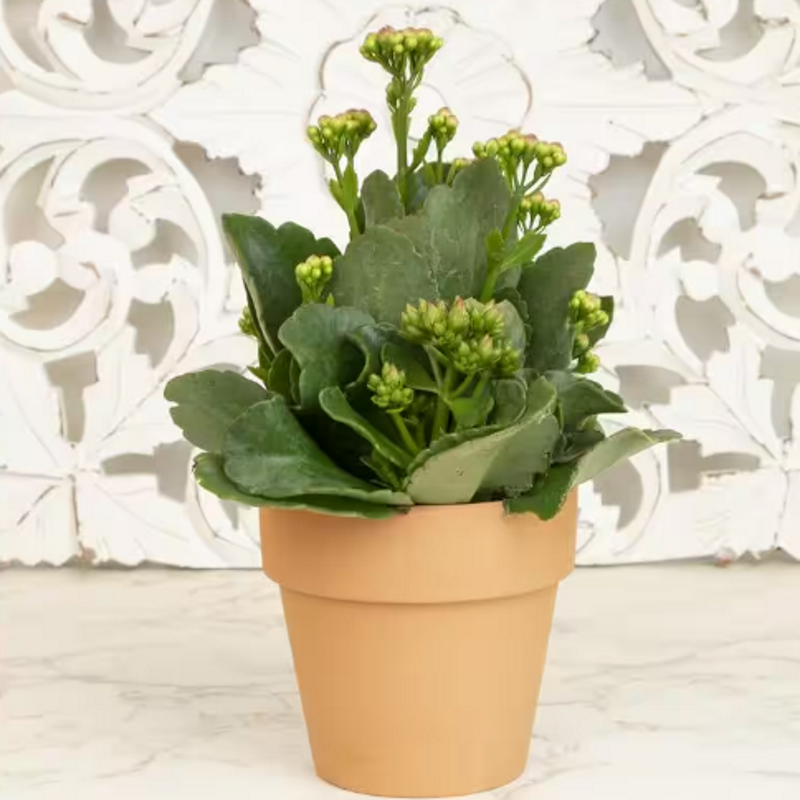
These plants love full to partial sunlight. Drought-tolerant, low maintenace, blooming flowers.
FAQs
Why won't my kalanchoe flower?
Kalanchoe plants are striking succulents that have beautiful blooms of different colors. They tend to bloom towards the end of winter and into spring, providing vibrant pops of color. If you find your kalanchoe isn't flowering, it may indicate that it isn't receiving the right growing conditions.
'A kalanchoe may not flower if it does not receive enough light, if the temperature is too warm, if it receives an improper amount of water, or if it does not have a sufficient period of darkness each day,' says houseplant expert, Autumn Hilliard-Knapp.
You may also find that your kalanchoe has gone dormant after flowering. This is so it can rest up to rebloom in the next growing season. Make sure to continue to give your kalanchoe plenty of care during this time to be rewarded with bright flowers once again.
You can expect to see blooms from your kalanchoe through spring and they can last several weeks if you provide optimal care.
If you're looking for a plant that has colorful blooms during every season, we explore indoor plants that flower all year round in our dedicated feature.
Sign up to the Homes & Gardens newsletter
Design expertise in your inbox – from inspiring decorating ideas and beautiful celebrity homes to practical gardening advice and shopping round-ups.

Tenielle is a Gardens News Writer at Homes & Gardens. She holds a qualification in MA Magazine Journalism and has over six years of journalistic experience. Before coming to Homes & Gardens, Tenielle was in the editorial department at the Royal Horticultural Society and worked on The Garden magazine. As our in-house houseplant expert, Tenielle writes on a range of solutions to houseplant problems, as well as other 'how to' guides, inspiring garden projects, and the latest gardening news. When she isn't writing, Tenielle can be found propagating her ever-growing collection of indoor plants, helping others overcome common houseplant pests and diseases, volunteering at a local gardening club, and attending gardening workshops, like a composting masterclass.
-
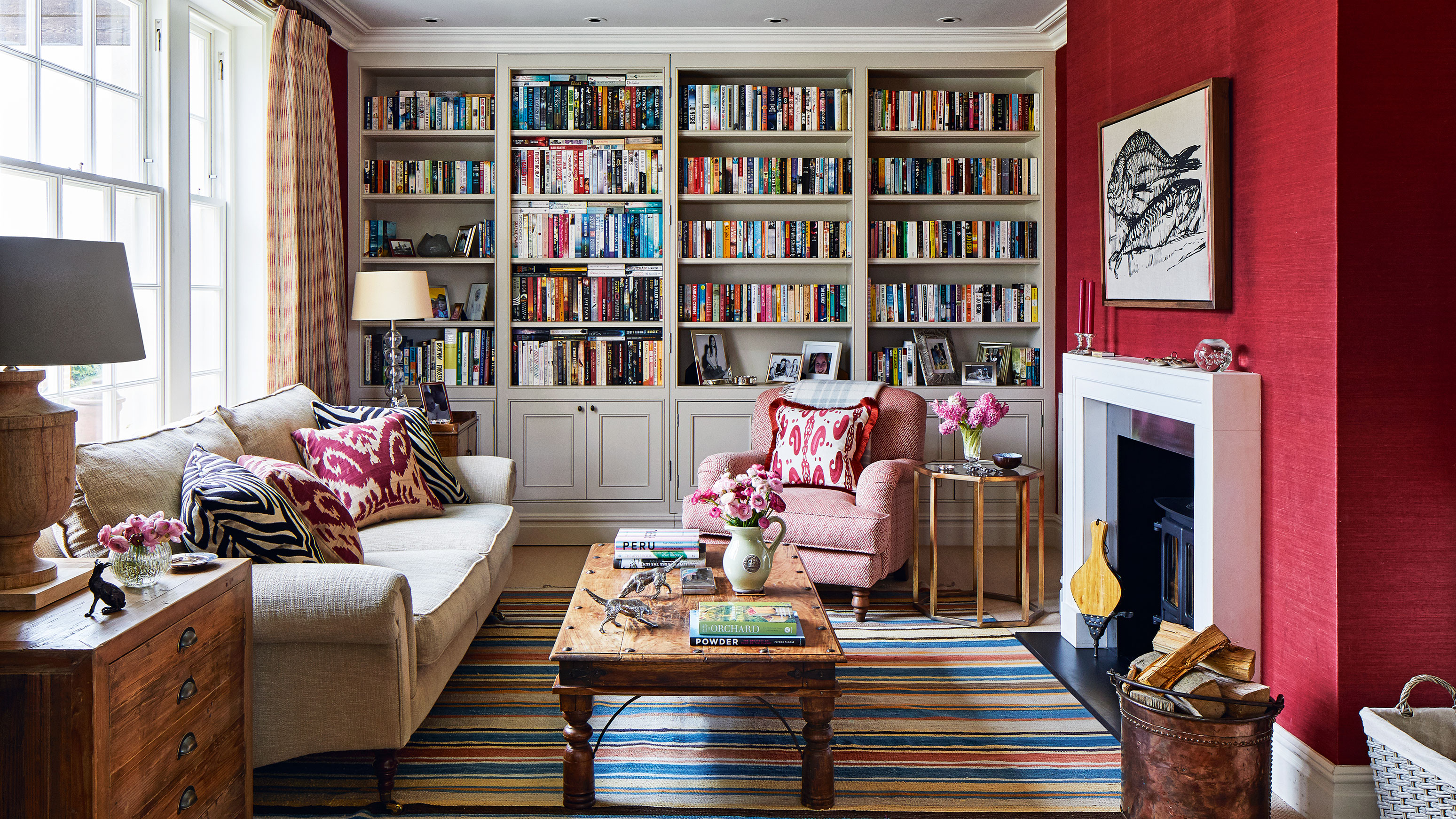 These are the 6 things designers say you should never put in a small living room
These are the 6 things designers say you should never put in a small living roomThe items that should be banned from a small living room are right here along with what you should opt for instead
By Sarah Warwick
-
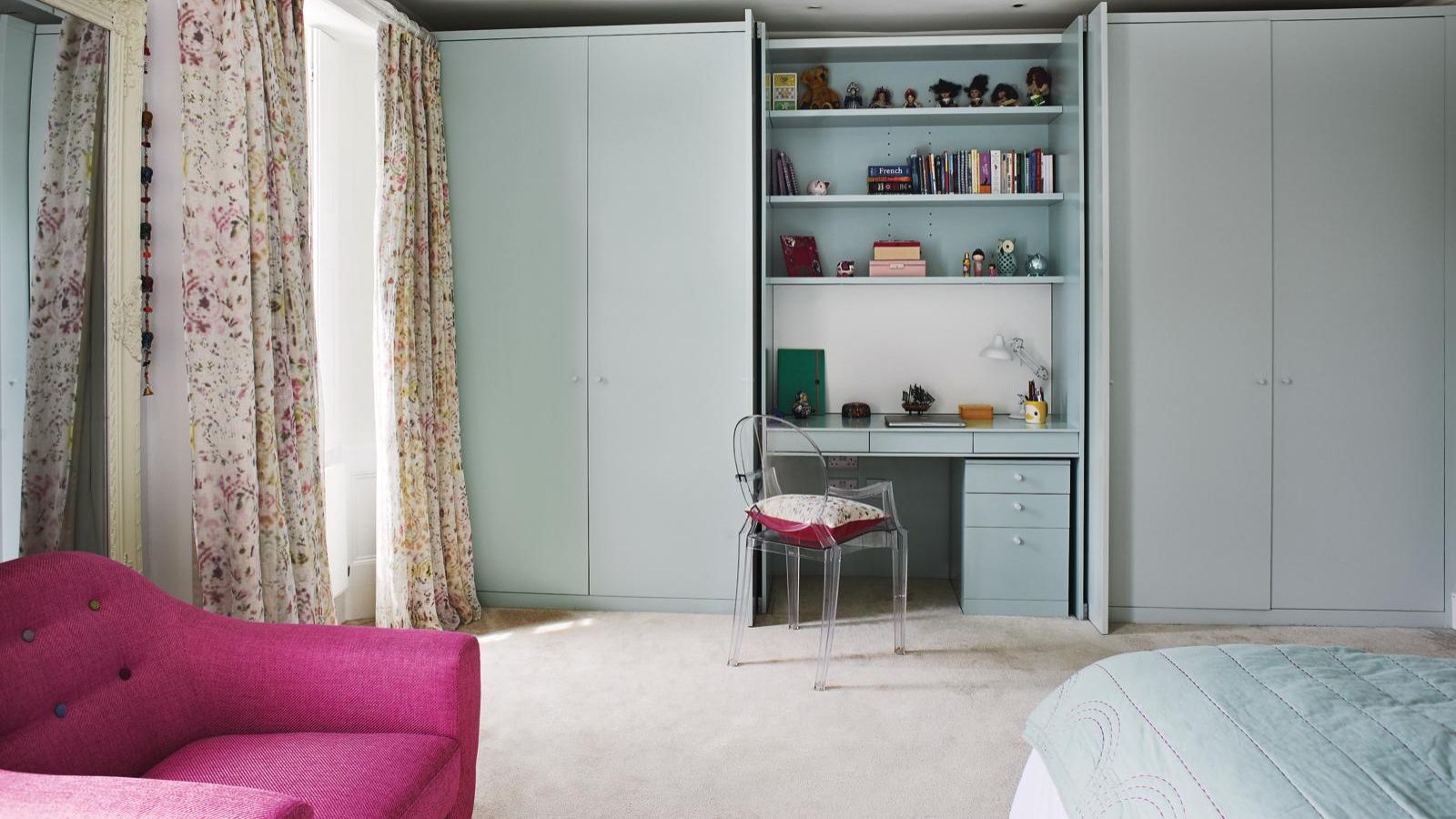 I always get my small space storage from Wayfair – and these discounted $35 Martha Stewart storage boxes are the perfect fix for my tiny vanity
I always get my small space storage from Wayfair – and these discounted $35 Martha Stewart storage boxes are the perfect fix for my tiny vanityI'm going vertical for tiny space storage success with this Early Way Day 2025 bargain
By Punteha van Terheyden

